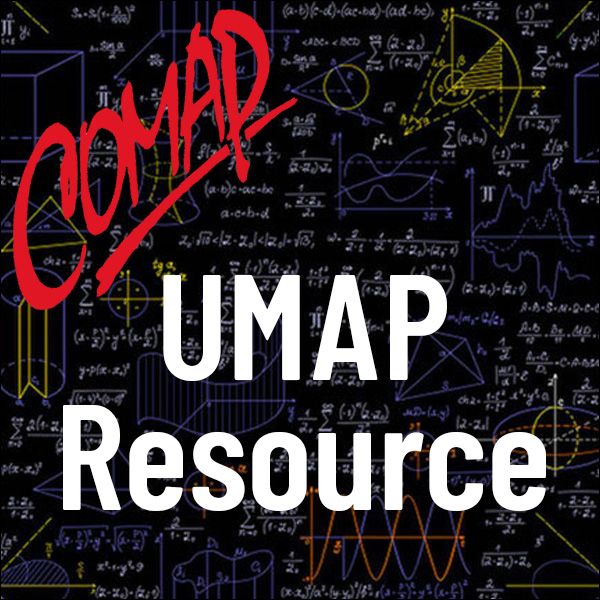Hamming Distance and Its Discovery
Author: Richard W. Hamming
There are many ways of describing the discovery of error-correcting codes, and I will place the emphasis on the mathematics involved. Their discovery is a good illustration of Pasteur's rule: Luck favors the prepared mind. In 1946-47, I was using a relay computer, the Model V, built along the lines started by George Stibitz at the Bell Telephone Laboratories. It used a 2-out-of-5 code, meaning that each decimal digit was represented by exactly two up relays and three down relays. Since the binomial coefficient (g) = 10, there is exactly one such representation for each decimal digit. I also knew that this code was widely used in the telephone central offices. The reason for this is that any single error, either a relay that failed to close, or else a stuck relay that would not open, would be immediately detected; and rather than go ahead with the wrong information, the operation could be repeated to see if the error was a transient one or a permanent one that would require prompt fixing to maintain quality service. The computer I was using actually made three tries before abandoning the whole problem.

Mathematics Topics:
Application Areas:
You must have a Full Membership to download this resource.
If you're already a member, login here.